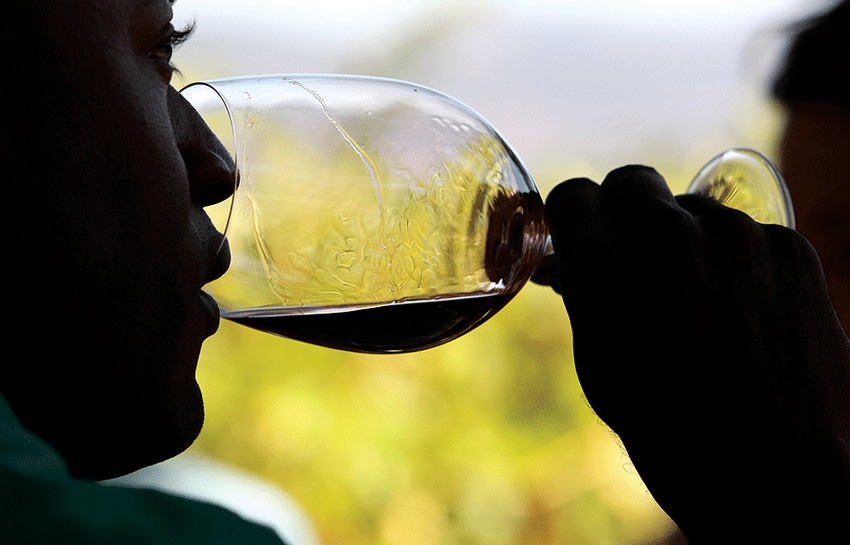
Opening, swilling, sniffing, and sipping are among the joys of those who love wine. But what happens when you discover an unusual wine and want to select a meal to highlight it?
Here are some challenges and suggestions:
Corvina Veronese produces light-to-medium bodywines with a light crimson coloring. The grapes' naturally high aciditycan make the wine somewhat tart, with a slight bitter almond note. The finish is sometimes marked with sour cherry notes. In some regions of Valpolicella, producers are using barrel aging to add more structure and complexity to the wine. The small berries of Corvina are low in tannins and color extract, but have thick skins that are ideal for drying and protecting the grape from rot.
Pairing: Enjoy this wine with marinara pastas, Serve with simple seafood such as prawns, white grilled fish with butter, along side toasted baguettes with garlic spread.
Mourvèdre (also known as Mataró or Monastrell) is a red wine grape variety that is grown in many regions around the world, including the Rhône and Provence regions of France, the Valencia and Jumilla denominaciones de origen of Spain, California, Washington State, and the Australian regions of South Australia and New South Wales, as well as South Africa. In addition to making red varietal wines, Mourvèdre is a prominent component in GSM (Grenache, Syrah, and Mourvèdre) blends. The variety is also used to make rosé and port-style fortified wines.
Mourvèdre tends to produce tannic wines that can be high in alcohol. The style of wine produced from the grapes varies greatly depending on where it is produced, but according to wine expert Jancis Robinson, Mourvèdre wines often have wild game, or earthy notes, with soft red fruit flavors. Wine expert Oz Clarke says young Mourvèdre can come across as faulted due to the reductive sulfur notes and "farmyard-y" flavors that some wines can exhibit before those flavors mellow with age.
The variety can be a difficult grape to grow, preferring "its face in the hot sun and its feet in the water," meaning that it needs very warm weather, a low leaf-to-fruit ratio, but adequate water or irrigation to produce intensely flavored fruit that is not overly jammy or herbaceous.The vines' susceptibility to many viticultural hazards, such as powdery and downy mildew, as well as overly vigorous foliage, can present additional problems for vine growers.
Sylvaner, or Silvaner as the Germans spell it, could be called the “Dracula wine,” since it’s super old and is thought to have originated in Transylvania. Also, it’s pale and if it gets too much light, it turns to ruin — a watery, crappy wine results. That said, it survives off normal stuff (not blood), and would probably be a great pairing with garlic.
Silvaner is a white grape that used to be the darling of Germany. Migrating from the Austrian Empire (of which Transylvania was part) to Germany, and then to Alsace, France, this old grape was recorded in Deutschland as early as 1659 by the Castell Estate, in Franken. That means Silvaner has been part of the winemaking tradition in Germany for over 350 years. The name means forest in Latin. Some people think it’s because the grapes were wild-growing, but to quote the X-Files: “The truth is out there.”
Pairing: Swordfish, tuna and scallops; Excellent with smoked Gouda on a Kaiser roll with hot mustard.
Hungry yet?
About the Author(s)
You May Also Like




